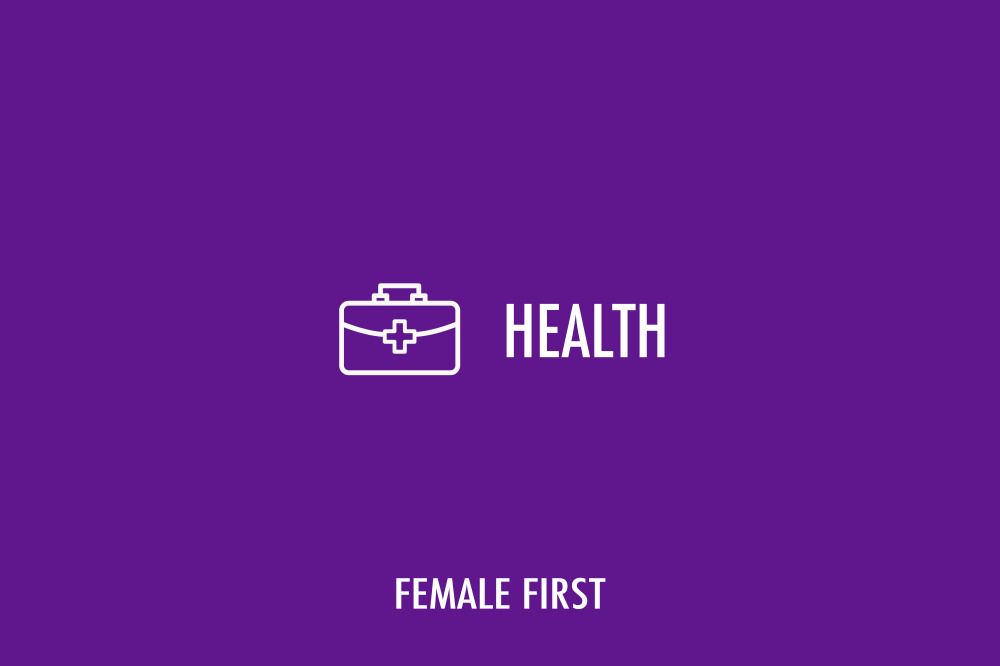The Six Food Exclusion Diet is recommended for people affected by Eosinophilic Esophagitis (EoE), an immune/antigen-mediated disease whereby food or environmental antigens stimulate a chronic inflammation of the oesophagus. EoE prevalence has increased over the past decades and it is now considered the most common eosinophilic disorder (Cianferoni A, 2015). Nutritionist Alexis Poole tells us all we need to know about this particular diet.

Health on Female First
Cow’s milk, eggs, fish and shellfish, soy, tree nuts and peanuts and wheat are the top food allergens in children in the UK.
It is thought that 90% of all allergic reactions are due to these main food groups.
Six Food Exclusion Diet (SFED) involves removal of all 6 of these major food groups and is specifically for patients with Eosinophilic Esophagitis .
Eosinophilic Esophagitis (EoE) is an immune/antigen mediated disease which results in chronic inflammation of the oesophagus. Symptoms of EoE can include vomiting and nausea, with abdominal pain and difficulty swallowing.
Research has shown that food allergies may have a role to play in EoE, however, which exact foods trigger oesophageal inflammation is unknown.
The Six Food Exclusion Diet is used to test which foods trigger a patient's food allergy.
The Six Food Exclusion Diet is not recommended as a long-term solution, rather it is used to determine which foods are triggers and which foods are safe. Since excluding six major food groups is incredibly restrictive, and could lead to nutritional inadequacy, those undertaking a Six Food Exclusion
Diet should do so with the help of a trained dietitian and should not attempt the diet alone.
Prevalence of EoE has increased over the past decades and it is now considered the most common eosinophilic disorder. Following a Six Food
Exclusion Diet has been shown to be beneficial in reducing the signs and symptoms of EoE, in patients with the disease.

Alexis Poole (ANutr, BSc) Spoon Guru Company Nutritionist
Research by Spoon Guru.

